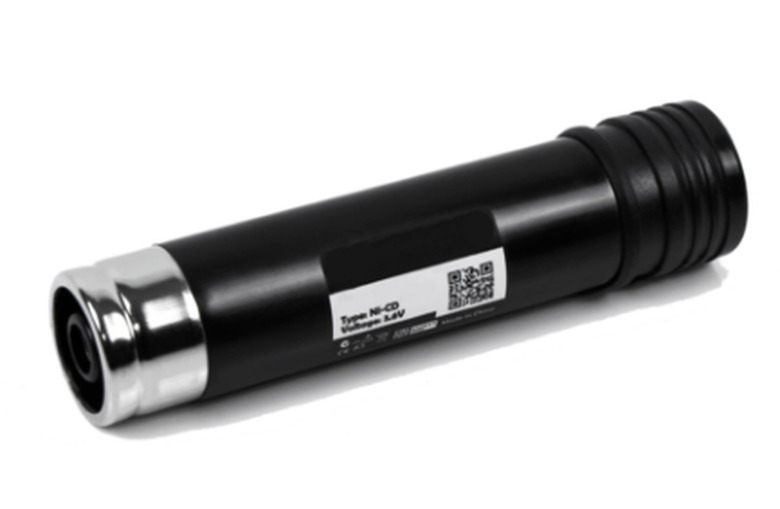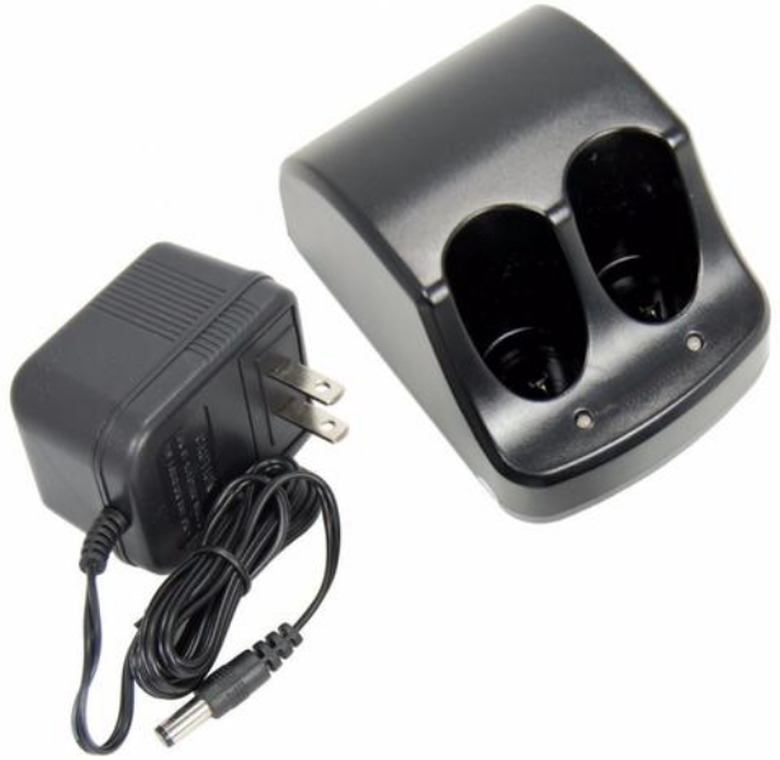How To Recondition A VersaPak Battery
Cordless, battery-operated tools, though very convenient, come with some drawbacks. Principal among those drawbacks is the cost of replacement batteries once they no longer want to hold a charge. A rude shock awaits when you go to buy new rechargeable batteries for your cordless tools, as you soon learn that those batteries comprise most of the cost. Further complicating the issue is the ever-changing battery technology, which means that today's cordless systems may be virtually obsolete tomorrow as new types and sizes of batteries are created. Replacement batteries can be considerably more expensive once the tool systems are no longer made.
It's no wonder so many people are interested in learning if and how those apparently "worn-out" rechargeable batteries can be reconditioned or restored to prolong their useful life.
About VersaPak Batteries
About VersaPak Batteries
One such rechargeable battery system is the VersaPak system, made by Black & Decker but also found with some Sears Craftsman and other tool systems manufactured by Black & Decker but packaged under other labels. The VersaPak system uses stick-type 3.6-volt nickel-cadmium (Ni-Cad) or nickel metal hydride (NiMH) batteries. Ni-Cad batteries are an older design; NiMH are an improved form that contains no dangerous cadmium and offers certain performance advantages. As other battery systems came into vogue, especially lithium-ion, the VersaPak tool systems became somewhat obsolete. But there are millions of drills, drill-drivers and other hand power tools still in operation that use the 3.6-volt VersaPak batteries, so the demand for replacement batteries is still strong. Also strong is the wish to recondition existing batteries, if possible.
Warning
There is a notable cottage industry that has sprung up around various methods of reconditioning rechargeable batteries of all types. This includes a variety of user-developed techniques, and even some commercial products touted as miracle devices for recharging all manner of batteries. Be aware, though, that most tool manufacturers discourage some of these practices, and may even have safety warnings cautioning users about dire results if they attempt to recondition rechargeable batteries that have lost their ability to hold a charge.
Recharging the Batteries
Recharging the Batteries
The only method of reconditioning that is really accepted is a process of repeatedly discharging these batteries fully, then fully and deeply recharging them. Over several cycles of this, the batteries once again regain their ability to hold a full charge and adequately power the tools they are designed for.
Here is how it's done:
1. Fully Charge the Battery
Place your NiCad or NiMH batteries in their charger, and allow them to charge for at least twice the time they normally charge.
2. Fully Discharge the Battery
Next, insert your battery into a tool, and put it into heavy use until it fully discharges. After it stops running the tool, let the battery rest for a short while, and then activate the tool again. Normally, there will be a short period of additional charge that needs to be discharged. Repeat this process until the tool remains completely dead even after the battery rests.
3. Repeat
Repeat this charge/discharge cycle three to five times to get the full capacity of your Ni-Cad and NiMH batteries back. You will likely notice a distinct difference after two cycles, but continue to charge and discharge several more times to get the full benefit of this restoration method. If the battery refuses to hold a charge even after this repeated cycling, it needs to be discarded and replaced.
Repeating this deep charge cycle every three months or so will greatly extend the life of your Ni-Cad or NiMH batteries.
Warning
Batteries contain toxic materials and should never be thrown into landfills. Cadmium, in particular is highly toxic and a well-documented environmental hazard. Always dispose of batteries at a recycling center. If your community has recycling pickup, make sure to set batteries aside from ordinary recyclables and label them. If no curbside recycling is available, take discarded batteries to a recycling center.

